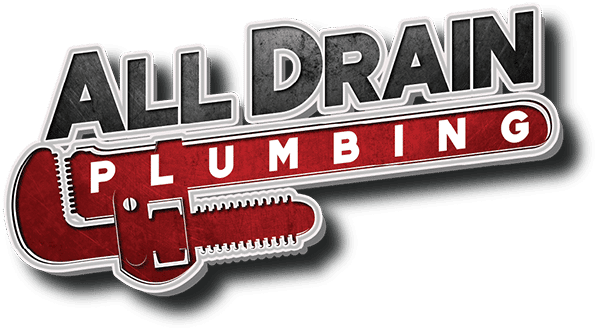Clogged could be eliminated from your life, and the drains of your home, if you could guarantee only water, would enter your drain lines. But in our busy lives and keeping up with hectic schedules, we all take a few shortcuts from time to time. Either washing grease and food bits down the sink or flushing small pieces of trash, we are setting ourselves up for an annoying drain clog down the road. And when these unfortunate events occur, it is vital to deal with them quickly and correctly to avoid further plumbing issues and a potential flood of filth in your home. But it is critical to use the right tool for each clog.
To Plunge Or Not To Plunge?
Plungers are designed to force minor clogs or blockages down the drain pipe. In a perfect world, the force from the plunger not only breaks the clog loose from the pipe wall but also breaks up the mass so that it will wash away. This makes a plunger a good option when you first notice a clog or partial blockage. But it is no match for a massively large clog that you have been ignoring or a blockage far from the sink, tub, or toilet that you are plunging.
Flat Or Flanged?
A flat plunger is the tool for bathtub and sink clogs. The plunger needs to cover the entire drain and form a tight seal to be effective. But once that seal is created, a flat plunger can exert much force. So it is essential that you carefully plunge to remove the clog. Too much forceful plunging can remove the clog but also result in loose pipe connections under your sink. Soon your challenge will be repairing the leaks and water damage.
A flanged plunger is made to remove clogs from toilets. These are the only plungers that will fit over the drain in the toilet and create a tight seal. Once positioned correctly, this plunger will generate enough force to move the blockage over the bend in the drain line.
Connecting With The Clog
An auger is a tool that will let you reach out and touch the clog. This tool is threaded into the drain and pushed up against the clog. As you twist the auger, the tip will grind into the clog and begin to destroy it. If the clog is too dense, you can damage your drain lines by applying too much force to the auger. If you are not familiar with this tool and its correct use, it is better to call your trusted professional plumber.
Chemical Solutions?
Pouring harsh chemicals down your home’s drains is never a viable solution. These caustic liquids contain caustic chemicals and acids that can cause more damage to your drain lines. And if they do happen to partially clear the clog, those chemicals move on to contaminate the sewer system or harm your septic system. Better choices to remove a drain clog include:
- Pouring hot water down the drain to soften the clog
- Pour a cup of baking soda down the drain, followed by a cup of vinegar to loosen the clog
- Follow the baking soda and vinegar with more hot water after allowing it to bubble for five minutes to erode the clog
If these DIY options are not removing a stubborn clog, it is time to call in the licensed plumbers from Buckeye Plumbing & Property Solutions. Our experts have decades of experience eliminating clogs without causing additional damage to your home’s drain line. Call (937) 749-7097 for an appointment or to request emergency service 24/7.




 10% Off
10% Off
